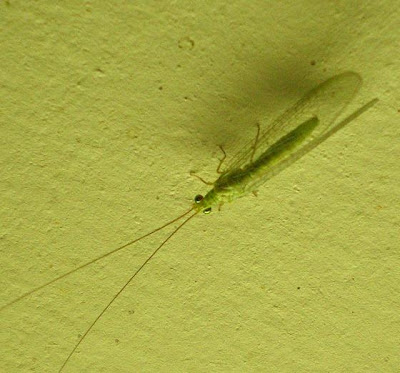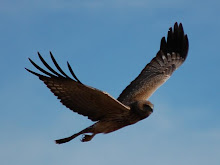
Follow the story from empty nest to fledging with some hair-raising incidents along the way!
Video footage of the nest may cause the thread to load slowly. Please persevere.




































My web presence centres on the theme of environment education. After two decades working in publishing, I have now retrained as a primary school teacher.
While I will be teaching in all primary school Key Learning Areas, my personal passion is for nature and the environment and I will be able to incorporate this as a theme while teaching literacy skills, scientific concepts and mathematical thinking.
My main node is this blog of my personal nature experiences. I grew up on a farm and spent my childhood with six other siblings hiking through the Australian bush, playing in creek beds and paddocks and generally being very close to nature.
When I was about nine I became interested in bird watching and persuaded my parents to give me my grandmother's old opera glasses. They weren't much help but the interest continued and today I never leave home without binoculars and a camera or two!
I live in Sydney now but have access to bushland in the Wolli Creek Valley where I regularly stalk birds and other wildlife and share my findings both casually, with members of the Wolli Creek Preservation Society (WCPS), and formally, by adding to the databases of the Cumberland Bird Observers Club (CBOC) and Department of Environment and Climate Change (DECC).
As a volunteer with WCPS I have conducted guided bushwalks for over 1000 local primary school students. The Student blog would be an ideal place for such students to reflect on their experiences in the bush.
In my Master of Teaching (Primary) we were reminded of the technological advances that are occurring in schools and encouraged to participate and promote these. My Web Presence is a combination of role modelling Internet skills and providing a framework for my future students to participate in Internet publishing and collaborative authoring skills.






















